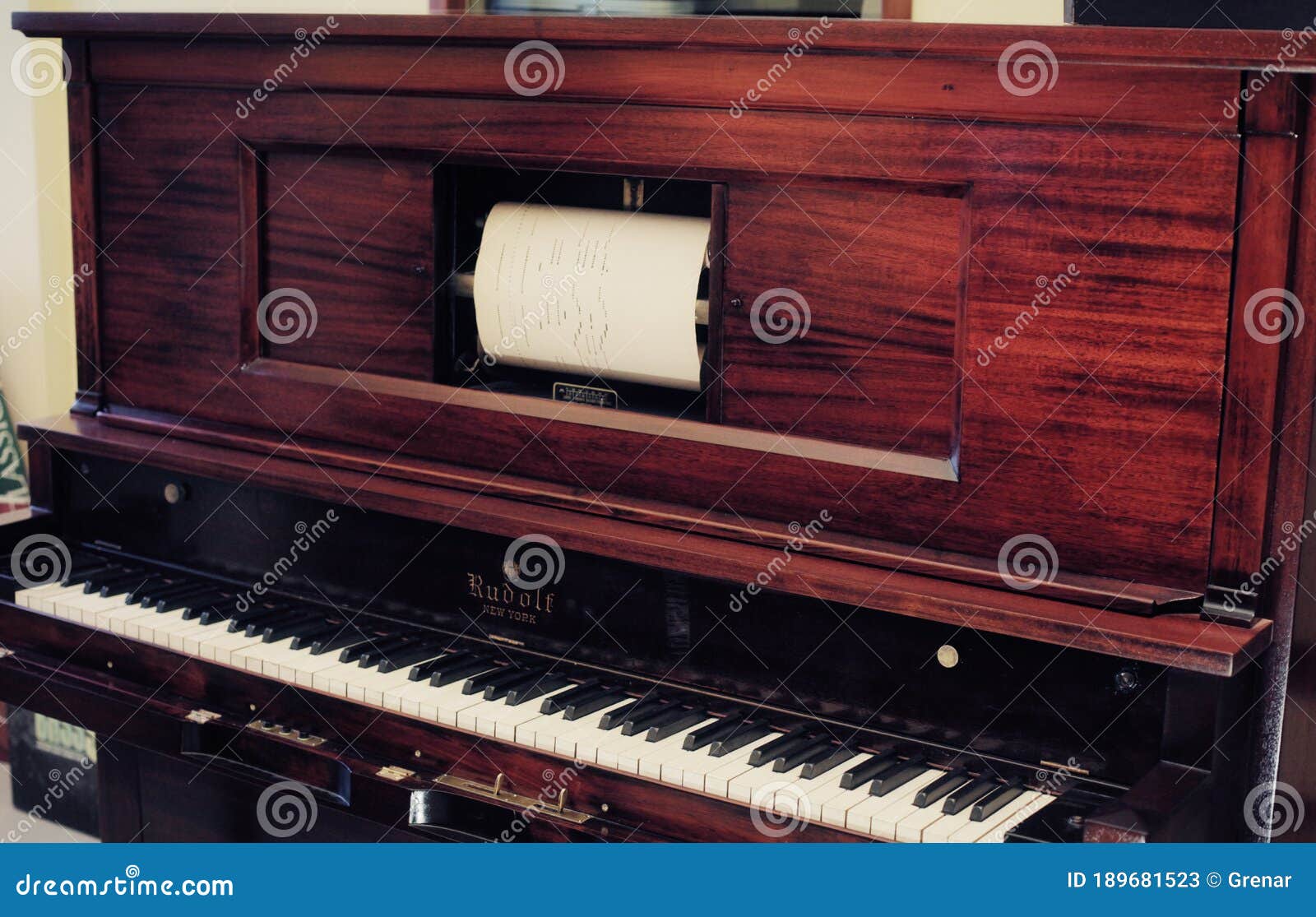
This was a pivotal move towards increased control of the industry with piano player factories in New York City, Garwood, Meriden and the Steck and Weber piano factories in Gotha, Germany and Hayes, England.īy 1932, Aeolian was sitting at the top of all piano companies with more capital invested in the company than the rest of the entire piano industry at over $15 million. Having acquired patents for the automatic appliances for their musical instruments, Tremaine commissioned four full-page, color ads in a magazine to announce the Pianola.īy 1903, the company had acquired several organ and piano companies, including George Steck & Co., Weber Piano Co., and others.

Tremaine, had taken over the business, changed the name to the Aeolian Company, moved to Worcester, Massachusetts, and was seeking capital investment to take the company to the next level. Soon thereafter, he introduced the “Aeriola,” the self-playing piano organ hybrid and the precursor to the automatic playing piano that would drive Aeolian’s success as a company - the Pianola. He acquired several organ companies in Boston and founded the Aeolian Organ & Music company in 1888.


Tremaine started a piano business in 1868, with his brothers called the “Tremaine Brothers.” He helped engineer and go to market with the “orguinette” which by 1883, had evolved into the well-known Aeolian organ, a table-top organ for in-home play. Perhaps the most recognizable name in the piano industry during the 1900s, the history of the Aeolian piano brand began in the 1860s in Connecticut.


 0 kommentar(er)
0 kommentar(er)
